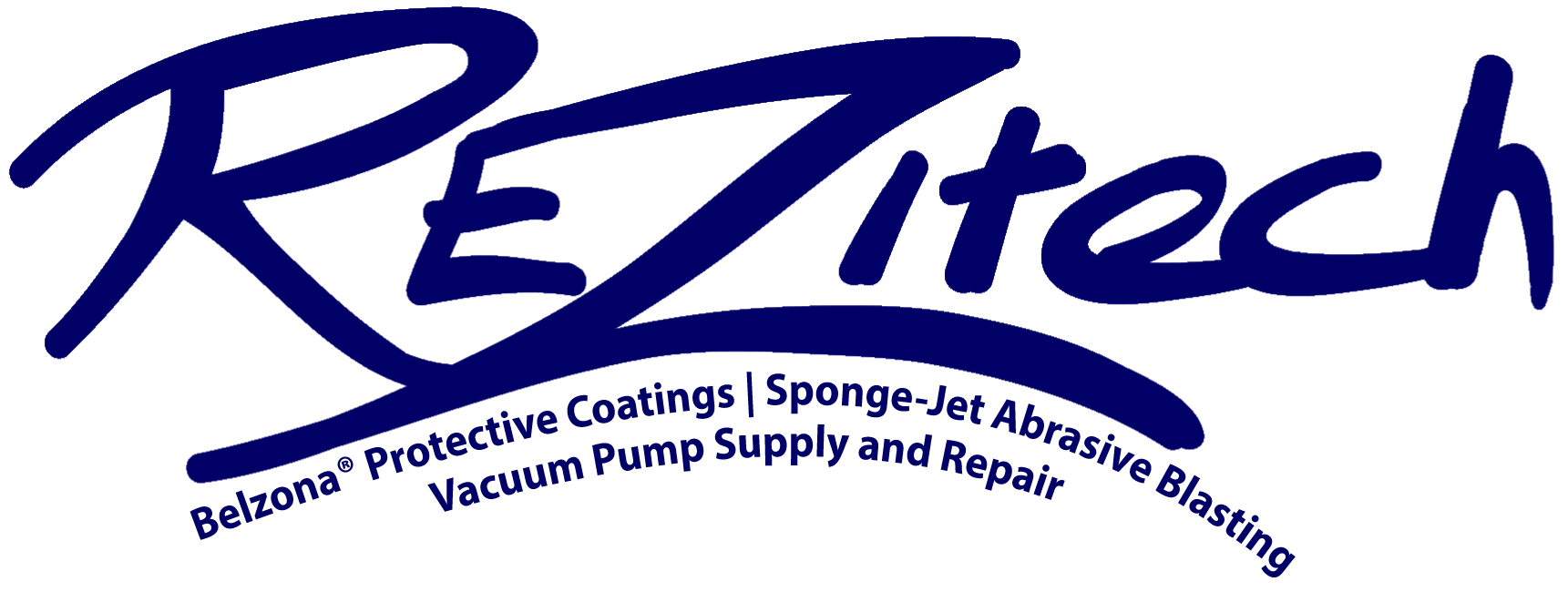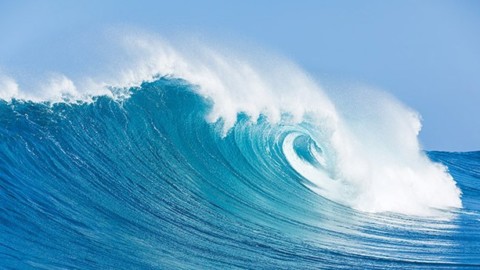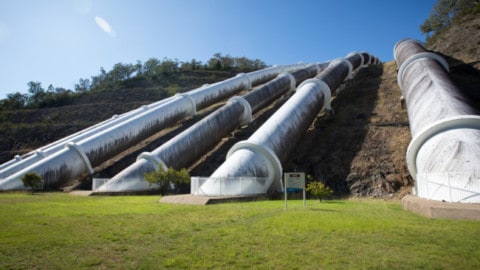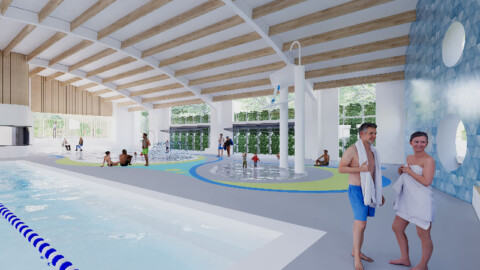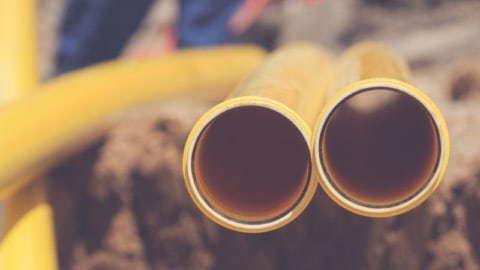Kwa Soo Teck, PhuMy3 Power Station (Vietnam), Chandra Verma, Hydro Australia
Hydro provides reverse-engineered impeller to resolve chronic failure in a vertical turbine pump.
Phu My 3 BOT Power Station, a Vietnamese power station using combined cycle gas turbine technology and operating a 749 megawatt capacity had been experiencing some problems with their vertical pumps. The station asked Hydro Australia to assess the damage and assist with a solution.
The vertical pumps were used for the Circulating Water System. The impeller material was a super duplex and the product being pumped was sea water. Over a period of three years PhuMy3 had experienced catastrophic failures with the impellers and were unsure of the cause. The first pump was installed in September 2003 and the first blade failed in September 2008; the second failure occurred in September 2009, and a third one failing in June 2010.
On viewing the damaged impellers, which weigh 850 kilograms, it was obvious the quality was poor. The first step in the process was to send over an engineer with a Romer Arm, a 3D co-ordinate measuring instrument to reverse engineer the impeller. This data could be used to analyse the existing impeller design.
On returning home to Australia with all the information the engineer proceeded to produce a 3D model in SolidWorks. A detailed study was then carried out in conjunction with the foundry to analyse the root cause of the present defect. It was discovered through foundry simulation modelling that the crack in the impeller was due to shrinkage in the blade root due to insufficient feeding. The solution offered was to modify the impeller hub and cone thickness internally to improve the feeding without affecting the original hydraulic profile. The improved design was subjected to a simulation package to confirm the casting soundness.
The casting and machining requirements for this size impeller with open vanes needed careful consideration at every stage; right from modelling, casting, heat treatment to machining. It required close attention during heat treatment (quenching in water at 1150 deg C).
• The casting was subjected to UT (ultrasonic testing) to confirm there was no defect in the blade root after the modification. The UT and dye penetrant report was included in the overall report supplied to the end user.
• Apart from standard chemical and mechanical tests, additional corrosion and ferrite testing were carried out to confirm the casting quality against corrosion.
The impeller was then machined, balanced and highly polished in Hydro Australia’s service centre to stringent QA requirements in a two-step process. The first step was the rough machining and trial balance which was followed by final machining and final balancing. The impeller was installed successfully at Phu My 3 in March 2011 under Hydro Australia’s supervision.
Lessons learned
Often when a pump component has failed, the initial instinct is to replace the part as soon as possible and to get the pump running again. This example demonstrates the importance of analysing the root cause of failure and then finding the appropriate engineering solution so as to ensure long term resolution. ■




